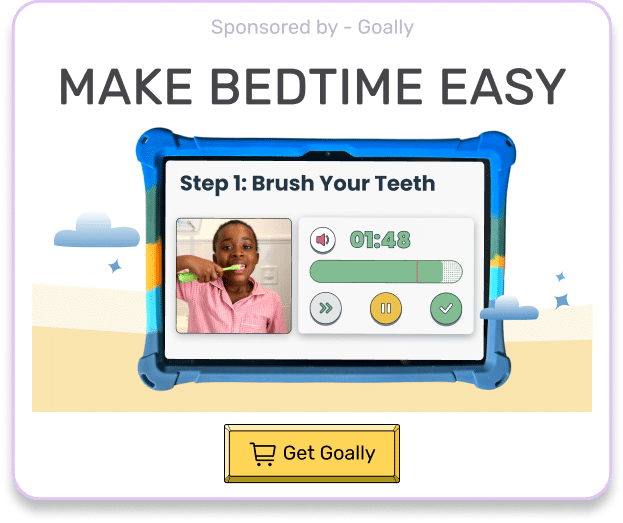Being a parent or caregiver of neurodivergent kids is akin to exploring a vibrant tapestry. Every thread and every color is unique, bringing its distinctive characteristics to the overall design. As we navigate through our quest to understand the ‘types of neurodivergence,’ it helps to recognize that every child’s mind works differently, and that’s not just okay; it’s truly amazing. This article will unravel the concept of neurodiversity, shedding light on its various forms and how we can embrace and nurture these differences.
Table of Contents
Decoding Neurodiversity
Simply put, neurodiversity refers to the natural differences in the human brain regarding sociability, learning, attention, mood, and other mental functions. But here’s the key – these variations are not inherently pathological; they are just diverse. Let’s delve deeper into the different types of neurodiversity that we often encounter.
Types of Neurodiversity
When it comes to the types of neurodiversity, the distinctions are not rigid. The human brain is complex, and each child’s brain is unique. However, some broad categories can provide a helpful guide.
Goally | The Tablet for Neurodiverse Kids

- Autism: Autism Spectrum Disorder (ASD) is marked by unique social interaction styles, interest patterns, and communication abilities. Kids with ASD often excel in pattern recognition, memory, or attention to detail.
- ADHD: Attention Deficit Hyperactivity Disorder (ADHD) can look like hyperactivity, impulsivity, and/or inattentiveness. Kids with ADHD often think outside the box and possess a high energy level.
- Dyslexia: This learning difference affects reading and related language-based processing skills. Interestingly, kids with dyslexia often have strong spatial skills and excel in visual thinking.
- Dyspraxia: Affecting physical coordination, dyspraxia can impact a child’s fine motor skills. Kids with dyspraxia often have a high level of empathy and excel in strategic thinking.
And this is just the tip of the iceberg. There’s a broad spectrum of other types of neurodiversity, including dyscalculia, dysgraphia, Tourette Syndrome, and more. As a result, understanding these differences is the first step toward providing neurodivergent kids the right environment to thrive.

Read more: What is the Neurodiversity Movement?
Embracing and Nurturing Neurodiversity
Knowledge, as they say, is power. For this reason, understanding the different types of neurodiversity empowers us to create an environment where neurodivergent kids can learn and grow on their own terms. But how do we do that?
- Patience and Acceptance: Embrace the child’s unique strengths and abilities. Above all, remember to be patient and avoid comparing them with their neurotypical peers.
- Supportive Environment: Provide tools and resources that align with their unique learning style. For example, apps like Goally can be great for kids with thinking and learning differences.
- Communication: Keep an open dialogue with your child, teachers, therapists, and other caregivers to provide consistent support.
Remember, every child is unique. Therefore, the goal is not to ‘fix’ the neurodivergent child but to appreciate their diversity and provide them with the resources and support they need to thrive.
Goally | Apps To Support Child Development
Looking for fun ways to help your child learn life skills? Try Goally! The Goally tablet comes with award-winning learning apps and video classes to help kids develop the skills they need to become independent with FUN & evidence-based practices.

Our apps teach executive function, language, emotional regulation, finger dexterity skills, and more.
As your child develops new skills, you can increase the difficulty level of the tasks in the app to challenge and motivate them even further. This helps your child grow and progress at their own pace, while also keeping them engaged and excited about their development.

Our understanding of neurodiversity is constantly evolving. Consequently, the journey of supporting and nurturing neurodivergent kids is filled with growth, discovery, and mutual learning. Embracing the various types of neurodiversity is a big step in creating a world where every child is valued for who they are. So as we continue to learn more about the different types of neurodiversity, we are reminded that our differences make us who we are. It’s not about ‘overcoming’ these differences, but about understanding, embracing, and nurturing them. So, here’s to all the parents and caregivers out there – you’re doing a great job! Keep going, keep learning, and remember, you’re not alone in this journey.
FAQs About Types of Neurodiversity
What does the term neurodiversity encompass?
Neurodiversity refers to the natural variation in neurological conditions, including ADHD, autism, dyslexia, and more, emphasizing diverse ways of thinking and experiencing the world.
What are some common types of neurodivergent conditions? Common types of neurodiversity include ADHD, autism spectrum disorder (ASD), dyslexia, Tourette syndrome, and giftedness, each with unique cognitive strengths and challenges.
Can you explain ADHD as a form of neurodiversity? ADHD (Attention-Deficit/Hyperactivity Disorder) is a neurodivergent condition that affects attention, hyperactivity, and impulsivity, contributing to distinct ways of processing information and interacting.
How does neurodiversity promote inclusion and acceptance? Embracing neurodiversity fosters inclusive environments where individuals with various cognitive profiles are valued, leading to diverse perspectives and innovative problem-solving.
Are accommodations necessary for neurodivergent individuals? Yes, providing accommodations like flexible learning methods and sensory-friendly spaces is essential to empower neurodivergent individuals to thrive in educational and professional settings.
This post was originally published on 08/14/2023. It was updated on 05/01/2024.
Emily is a seasoned blog writer for Goally, leveraging her extensive background in child psychology and special education to provide valuable insights and resources for parents. Her commitment to understanding and addressing the unique needs of these children, combined with her expertise in educational strategies, makes her a credible and empathetic voice for families.





